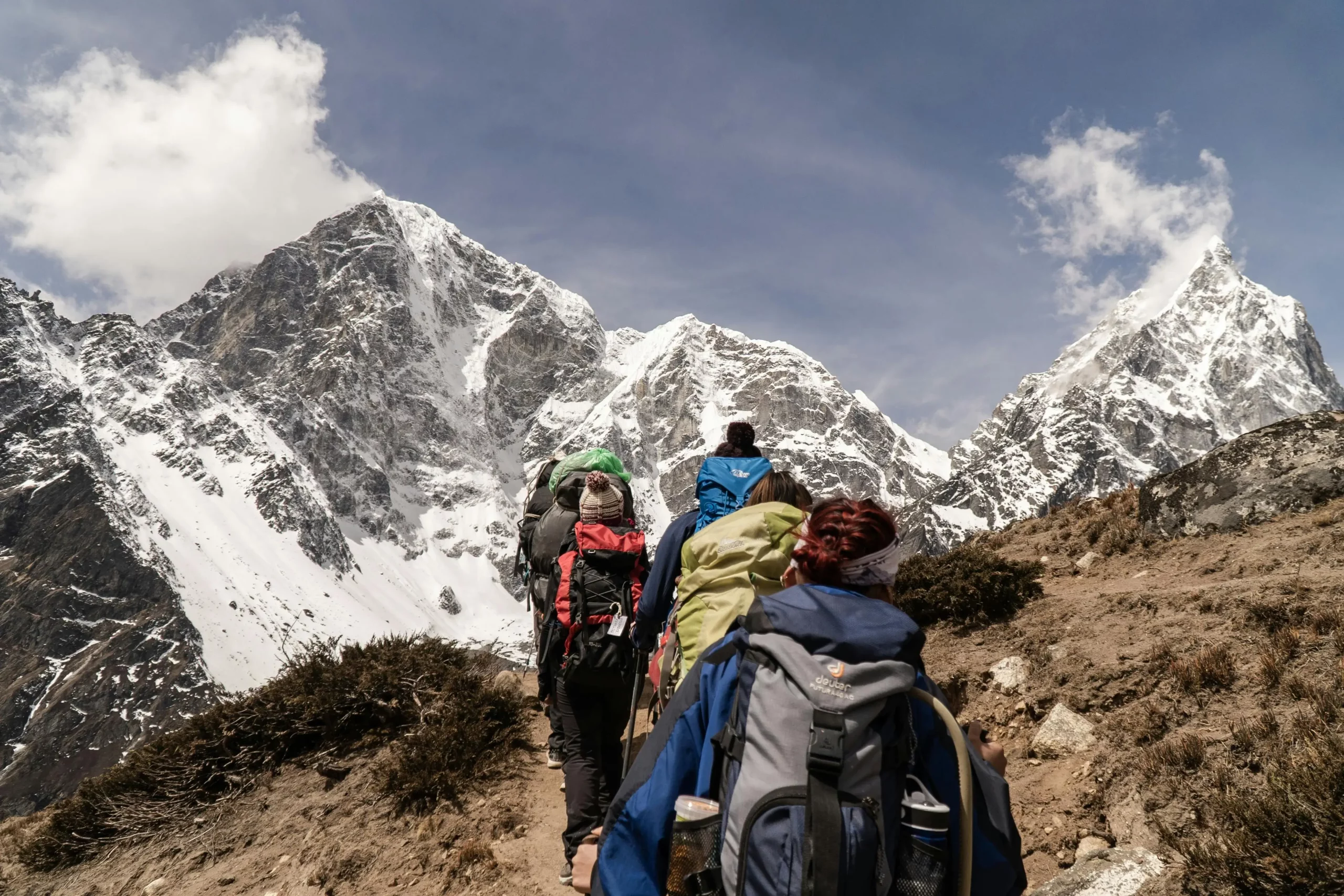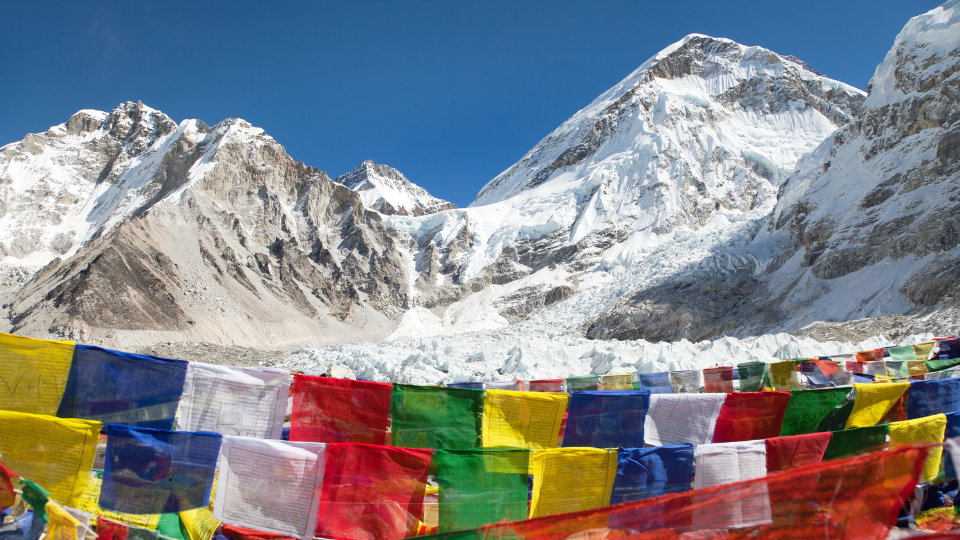The Himalayan Secrets: Why Climbers Risk It All
Every spring and autumn, the great amphitheater of the Himalaya opens again. Teams gather in Kathmandu and Islamabad, sorting gear, weighing oxygen bottles, and checking weather forecasts. Families watch them leave with pride, fear, or quiet disbelief.
Everyone knows the odds: avalanches sweep away camps, storms erase footprints in minutes, and the air itself grows too thin for human life. And still – year after year – the trails to Everest, K2, Manaslu, Annapurna, and countless unnamed peaks are crowded.
Why do people keep returning, knowing the danger, knowing the cost?

Table of contents
The Eternal Call of Myth and Legend
The Addiction No One Can Explain
The Eternal Call of Myth and Legend
The Himalaya is not just geography. It is mythology, history, and spirituality woven together in stone and ice. Local cultures see the mountains as sacred guardians – Chomolungma (Everest) is revered as the Mother Goddess, while Kangchenjunga is worshipped with offerings before expeditions begin. To climb here is to enter not only a physical space but also a cultural and spiritual realm that has magnetized explorers for centuries.
Mallory’s timeless “Because it’s there” is still quoted, but the truth runs deeper: the Himalaya represents the final frontier of the unknown. Unlike artificial challenges created in sport, these peaks are alive – changing, unpredictable, and indifferent to human ambition.
The Allure of the Impossible
Why would someone climb Everest twice, three times, or twenty? Why do Sherpas return season after season, guiding strangers up mountains that have already claimed friends and family?
For many, the answer lies in the pursuit of the impossible. The Himalaya is a mirror of human ambition: the higher we climb, the more we realize there is no “end.” Every summit leads to another dream – a winter ascent, a new route, a solo push.
Some chase records; others chase redemption after failure. But most climbers will tell you: it’s not about the peak, it’s about the person you become on the way there.
The Addiction No One Can Explain
Climbers often speak of a “pull” – a magnetic force that draws them back long after they’ve sworn never to return. Psychologists describe it as a cocktail of adrenaline, dopamine, and the allure of flow-state experiences. But climbers insist it’s something more.
On the slopes of the Himalaya, time slows down. Every step above 7,000 meters feels eternal. The chaos of daily life disappears, replaced by a silence so vast it’s almost holy.
Many climbers describe it as an addiction, but not to risk – to clarity. For a few brief weeks each year, the Himalaya strips life down to its simplest equation: one step forward, one breath at a time.
The Razor Edge of Life and Death
To climb the Himalaya is to walk a line thinner than a crampon’s edge. The “death zone” above 8,000 meters is well named – humans are not meant to live there.
And yet, this razor edge is part of the draw. Life feels sharper when death is near. Standing on a summit, after days of exhaustion and fear, climbers describe a paradox: they have never felt more alive.
Tragedy has never deterred future expeditions – if anything, it deepens the mystery. Each life lost adds to the mythology, transforming the Himalaya into not just a range of mountains, but a vast human story of triumph and sacrifice.
The Brotherhood of the Rope
Mountaineering is not a solitary pursuit. In the Himalaya, bonds are forged under conditions so extreme they become unbreakable. Sherpas risking their lives for clients, rope teams pulling one another through storms, climbers sharing oxygen bottles on the edge of collapse – these moments of solidarity are part of the irresistible gravity of the mountains.

To return is not only to chase a summit but to return to a community, a legacy, a story that climbers want to be part of.
The Mystery Without an Answer
So why do people keep returning? Because the Himalaya is more than a mountain range. It is a stage where human ambition, spirituality, mortality, and community collide. It offers no guarantees, no mercy, and no clear answers.
But maybe that’s the point. The Himalaya doesn’t explain itself. It simply asks the most difficult question a person can face:
How far are you willing to go to meet yourself?
